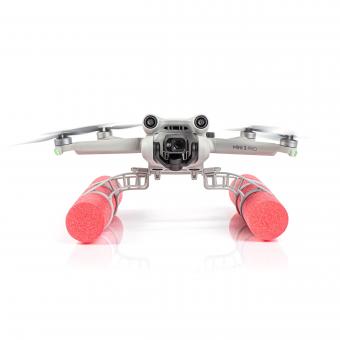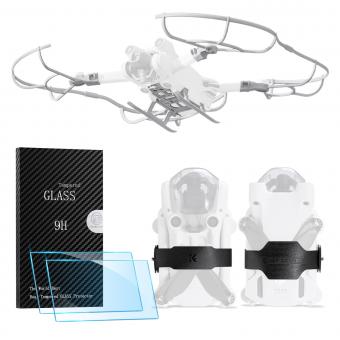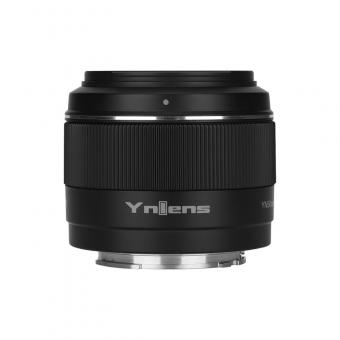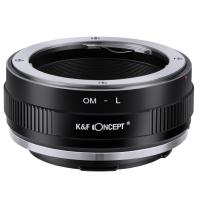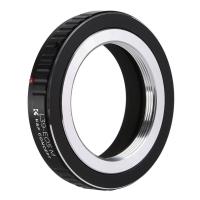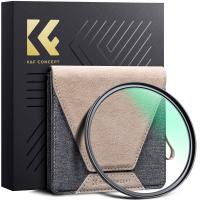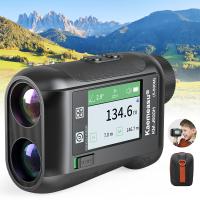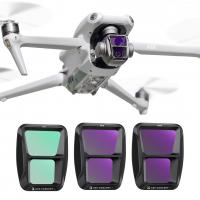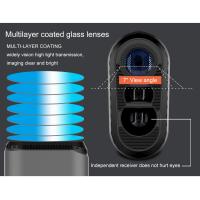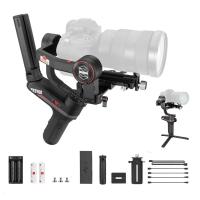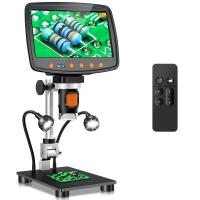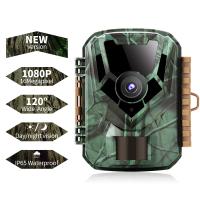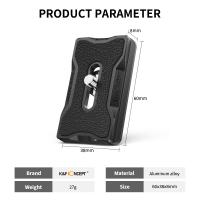How To Pack Camera Gear For Backpacking ?
When packing camera gear for backpacking, it is important to prioritize protection and weight distribution. Start by selecting a durable and padded camera bag or insert that fits inside your backpack. Organize your gear by placing heavier items at the bottom and lighter ones on top. Use padded dividers or lens wraps to separate and protect each piece of equipment. Consider removing any unnecessary accessories or lenses to minimize weight. Use lens caps and camera body caps to prevent damage. It is also advisable to carry extra batteries, memory cards, and a cleaning kit. Lastly, ensure that your camera gear is easily accessible for quick and convenient use during your backpacking adventure.
1、 Camera Protection: Choosing the right camera bag or case
Camera Protection: Choosing the right camera bag or case
When it comes to backpacking, protecting your camera gear is of utmost importance. Whether you're a professional photographer or an amateur enthusiast, your camera is a valuable and delicate piece of equipment that needs to be safeguarded during your outdoor adventures. Here are some tips on choosing the right camera bag or case to ensure the protection of your gear.
1. Consider the type of backpacking you'll be doing: The first step in choosing the right camera bag or case is to consider the type of backpacking you'll be undertaking. If you'll be hiking long distances or engaging in strenuous activities, opt for a lightweight and compact bag that won't add unnecessary weight to your load.
2. Look for padded compartments: A good camera bag or case should have padded compartments to provide cushioning and protection for your camera and lenses. Look for bags with customizable dividers that allow you to arrange the compartments according to your gear's size and shape.
3. Waterproof and weather-resistant: Nature can be unpredictable, so it's essential to choose a camera bag or case that is waterproof or at least weather-resistant. This will protect your gear from rain, snow, and other elements that could potentially damage it.
4. Accessibility and ease of use: Opt for a camera bag or case that allows easy access to your gear. Look for bags with quick-release buckles or zippers that provide quick and hassle-free access to your camera when you need it.
5. Comfort and ergonomics: Since you'll be carrying your camera gear for extended periods, it's crucial to choose a bag or case that is comfortable to wear. Look for bags with padded shoulder straps and back panels that distribute the weight evenly and reduce strain on your body.
6. Security features: Lastly, consider the security features of the camera bag or case. Look for bags with lockable zippers or additional security measures to prevent theft or unauthorized access to your gear.
In conclusion, choosing the right camera bag or case is essential for protecting your camera gear while backpacking. Consider factors such as the type of backpacking, padded compartments, waterproofing, accessibility, comfort, and security features when making your decision. By investing in a high-quality camera bag or case, you can ensure the safety and longevity of your gear, allowing you to capture stunning photographs during your backpacking adventures.
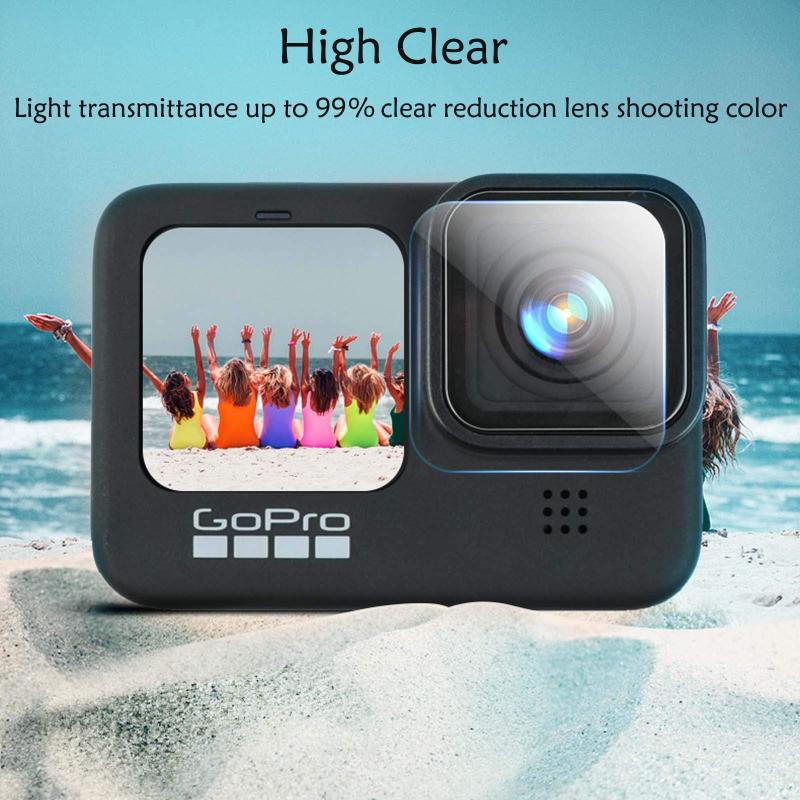
2、 Gear Organization: Utilizing compartments and dividers for efficient packing
Gear Organization: Utilizing compartments and dividers for efficient packing
When it comes to backpacking with camera gear, proper organization is key to ensure the safety and accessibility of your equipment. Here are some tips on how to pack camera gear for backpacking:
1. Invest in a camera backpack: Look for a backpack specifically designed for camera gear. These backpacks usually have padded compartments and dividers that can be adjusted to fit your equipment snugly. They also provide easy access to your gear without having to unpack everything.
2. Utilize compartments and dividers: Take advantage of the compartments and dividers in your camera backpack. Separate your camera body, lenses, batteries, memory cards, and other accessories into different sections. This will not only keep your gear organized but also protect them from potential damage caused by rubbing against each other.
3. Use protective cases and pouches: Consider using protective cases or pouches for your camera body and lenses. These cases provide an extra layer of protection against bumps and scratches. Additionally, they can help keep your gear dust-free.
4. Pack strategically: Place heavier items at the bottom of your backpack to distribute the weight evenly. Keep your camera body and lenses in the center of the backpack, surrounded by soft items like clothing or a sleeping bag for added cushioning.
5. Secure your tripod: If you're carrying a tripod, attach it securely to the outside of your backpack using straps or bungee cords. This will free up space inside your backpack and make it easily accessible when needed.
6. Consider weather protection: If you're expecting rain or other harsh weather conditions, pack a rain cover or waterproof bag to protect your gear. Additionally, silica gel packets can help absorb moisture and prevent condensation inside your backpack.
7. Regularly clean and maintain your gear: While on the go, make sure to clean your camera gear regularly to prevent dust and dirt buildup. Carry a microfiber cloth and a small blower brush to remove any debris from your lenses and camera body.
Remember, the key to packing camera gear for backpacking is to prioritize organization and protection. By utilizing compartments, dividers, and protective cases, you can ensure that your gear remains safe and easily accessible throughout your journey.
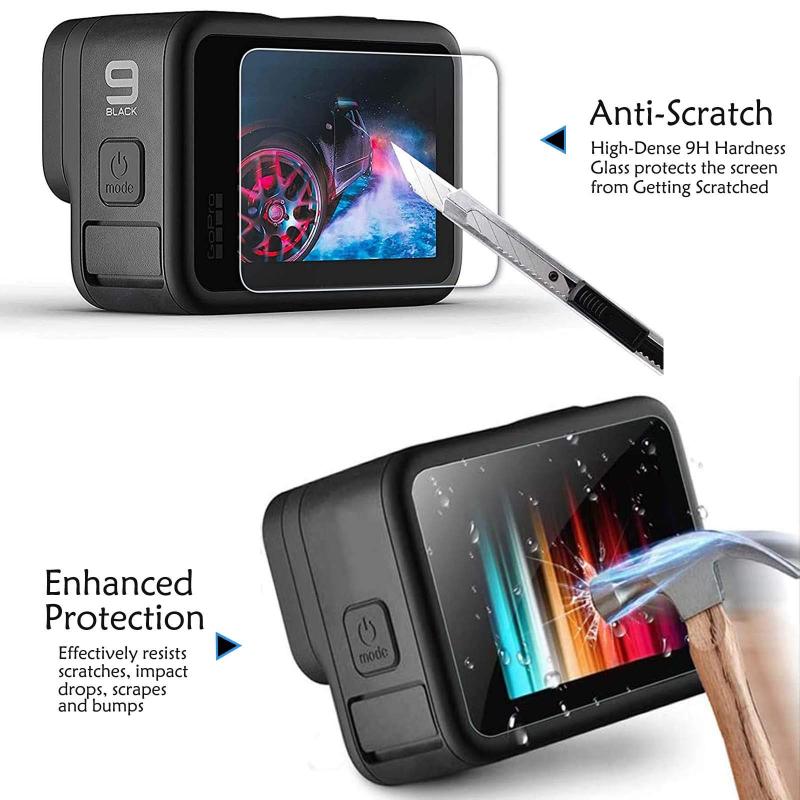
3、 Padding and Cushioning: Protecting delicate equipment from impact and vibrations
Padding and Cushioning: Protecting delicate equipment from impact and vibrations
When it comes to backpacking with camera gear, one of the most crucial aspects is ensuring the safety and protection of your delicate equipment. Proper padding and cushioning techniques can go a long way in safeguarding your gear from impact and vibrations that may occur during your journey.
First and foremost, invest in a high-quality camera bag or backpack specifically designed for carrying camera gear. These bags often come with built-in padding and compartments that provide excellent protection for your equipment. Look for bags with adjustable dividers that allow you to customize the interior space according to your gear's size and shape.
Additionally, consider using padded inserts or wraps for individual camera bodies, lenses, and other accessories. These inserts provide an extra layer of protection and can be easily adjusted to fit different gear sizes. Some inserts even come with shock-absorbing materials that further minimize the risk of damage from impact.
Another important aspect to consider is the placement of your gear within the backpack. It is recommended to place heavier items closer to your back, as this helps distribute the weight evenly and reduces the chances of your gear shifting or bouncing around during your hike. Utilize the bag's compartments and dividers to separate and secure each piece of equipment, preventing them from colliding with each other.
Furthermore, consider using additional padding materials such as foam or bubble wrap to fill any empty spaces within the bag. This helps prevent gear from moving around and provides an extra layer of cushioning against vibrations.
Lastly, always handle your backpack with care and avoid dropping or throwing it around. Even with proper padding, rough handling can still cause damage to your equipment.
In conclusion, packing camera gear for backpacking requires careful consideration of padding and cushioning techniques. By investing in a suitable camera bag, utilizing padded inserts, arranging gear properly within the backpack, and using additional padding materials, you can ensure the safety and protection of your delicate equipment from impact and vibrations.
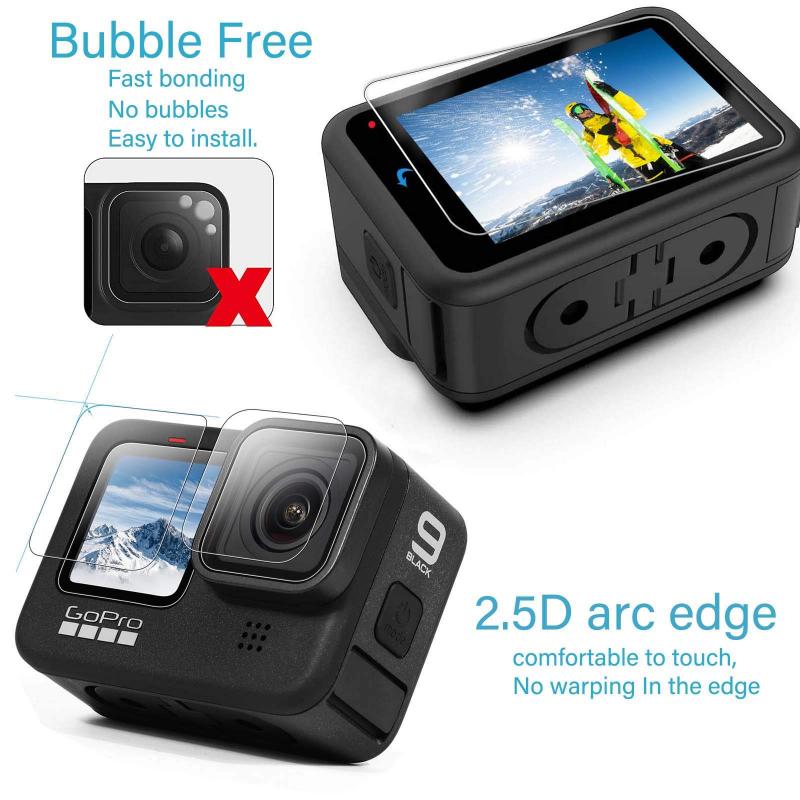
4、 Weatherproofing: Using rain covers or waterproof bags to shield gear
How to pack camera gear for backpacking: Weatherproofing
When it comes to backpacking, protecting your camera gear from the elements is crucial. Rain, snow, and dust can all pose a threat to your expensive equipment. Here are some tips on how to weatherproof your camera gear for backpacking:
1. Use rain covers or waterproof bags: Investing in rain covers or waterproof bags is essential for protecting your camera gear from rain and moisture. These covers are designed to fit snugly over your camera and lenses, providing a barrier against water. They are lightweight and easy to pack, making them ideal for backpacking trips.
2. Choose a weatherproof camera bag: Opt for a camera bag that is specifically designed to be weatherproof. These bags are made with durable materials that can withstand harsh conditions. Look for bags with sealed seams and waterproof zippers to ensure maximum protection.
3. Use silica gel packets: Moisture can be a major issue when backpacking in humid environments. To prevent condensation from damaging your camera gear, place silica gel packets in your camera bag. These packets absorb moisture and help keep your gear dry.
4. Pack a microfiber cloth: A microfiber cloth is a must-have for cleaning your camera gear. It is lightweight and can easily be packed in your bag. Use it to wipe away any dust or moisture that may accumulate on your equipment.
5. Be mindful of temperature changes: Extreme temperature changes can cause condensation to form on your camera gear. To prevent this, allow your gear to acclimate to the new temperature gradually. Avoid exposing your gear to sudden temperature changes, such as going from a cold environment to a warm one.
In conclusion, weatherproofing your camera gear is essential when backpacking. Using rain covers or waterproof bags, investing in a weatherproof camera bag, using silica gel packets, packing a microfiber cloth, and being mindful of temperature changes are all important steps to protect your gear. By taking these precautions, you can ensure that your camera gear stays safe and functional throughout your backpacking adventures.




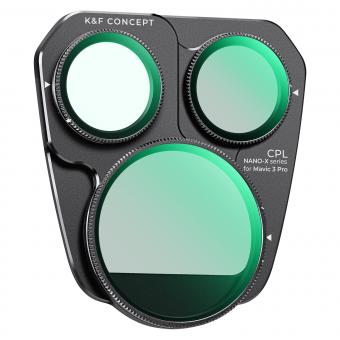
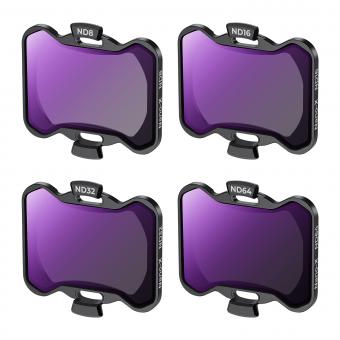
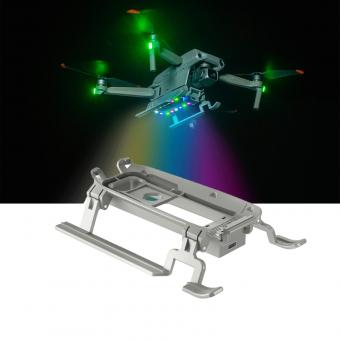
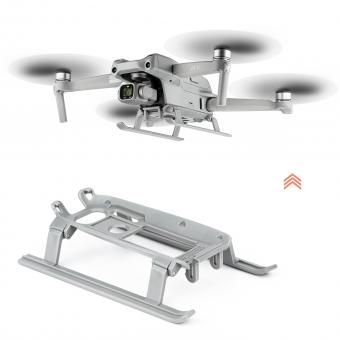

(1)-340x340.jpg)
